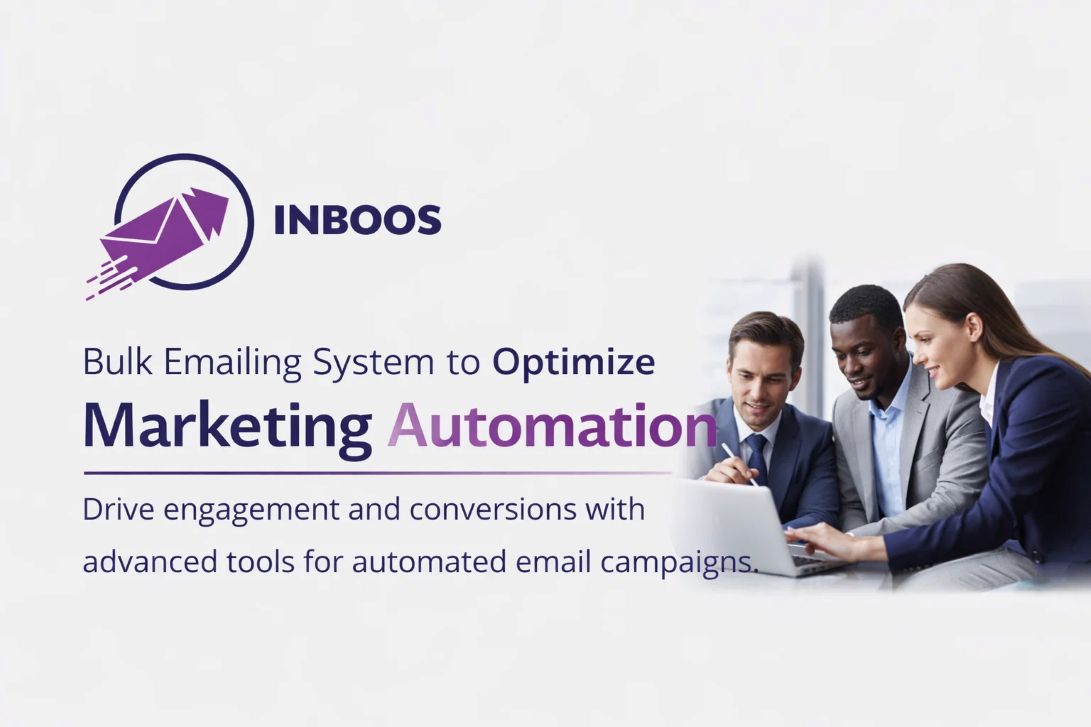Understanding what happens to your emails after you hit send is crucial for any successful marketing or outreach strategy. Did your email land in the inbox? Was it opened? Did the recipient click on your links? Without these insights, you’re essentially sending messages into a void. This is where email tracking and inbox monitoring come in.
Setting these up correctly isn’t just about getting data; it’s about getting accurate data that helps you improve your campaigns and ensure your messages are actually reaching your audience. Let’s dive into how to do it the right way.
What Are Email Tracking and Inbox Monitoring?
While often used interchangeably, these two concepts focus on slightly different aspects of your email’s journey:
- Email Tracking: This refers to monitoring individual email engagement. It tells you if an email was opened, if links within it were clicked, and sometimes even if attachments were downloaded. It provides insights into recipient behavior.
- Inbox Monitoring: This is about understanding your email deliverability. It checks if your emails are actually landing in the primary inbox, the promotions tab, or (worst case) the spam folder across various email service providers (ISPs) like Gmail, Outlook, and Yahoo. It’s a proactive measure to ensure your sender reputation is healthy.
Both are indispensable tools for optimizing your email performance and ensuring your messages achieve their intended purpose.
Why Accurate Tracking and Monitoring Matter
Sending emails without tracking and monitoring is like running a business without looking at your sales figures. Here’s why getting it right is so important:
- Improve Deliverability: Inbox monitoring provides crucial feedback. If your emails consistently land in spam, you know there’s a problem with your sender reputation or content that needs immediate attention.
- Optimize Engagement: Tracking data tells you what resonates with your audience. Low open rates might signal a weak subject line, while low click-through rates could point to unclear calls to action or irrelevant content.
- Personalize Future Campaigns: By understanding individual recipient behavior, you can segment your audience more effectively and tailor future messages for hyper-personalization, leading to higher conversions.
- Troubleshoot Issues: When campaigns underperform, tracking and monitoring data provides the clues needed to diagnose problems, whether they’re technical (e.g., authentication issues) or content-related.
- Prove ROI: Ultimately, accurate data helps you demonstrate the return on investment (ROI) of your email efforts, justifying your strategies and budgets.
How Email Tracking Works (The Basics)
Most email tracking relies on a few core techniques:
- Invisible Pixel: This is the most common method for open tracking. A tiny, 1×1 pixel image is embedded in your email. When the recipient opens the email and their email client loads images, it pings the server where the pixel is hosted, recording an “open.”
- Redirected Links: For click tracking, your links aren’t direct. Instead, they go through a tracking server first. When a recipient clicks a link, they are briefly redirected through this server, which records the click before sending them to the final destination.
- Unique Identifiers: Each email sent typically has unique identifiers embedded within the pixel and tracking links. This allows the system to tie opens and clicks back to a specific recipient and campaign.
While these methods are effective, it’s important to note that email tracking isn’t always 100% accurate (e.g., some email clients block image loading by default, or privacy features can mask opens). However, the trends and insights you gain are still incredibly valuable.
Setting Up Email Tracking the Right Way (Step-by-Step)
Most modern email service providers (ESPs) and CRM platforms have built-in tracking. If you’re using one, ensure tracking is enabled. If you’re building a custom solution or using an SMTP service directly, here’s what you need to do:
Step 1: Choose a Reliable Email Sending Service
Whether it’s a dedicated bulk email sender or an SMTP relay service, your provider should offer built-in tracking features. Look for services that provide:
- Real-time Analytics: Instant access to open, click, bounce, and unsubscribe rates.
- Detailed Logs: The ability to see the status of individual emails (delivered, opened, clicked).
- Webhook Support: For advanced users, webhooks send real-time notifications to your system about email events.
Step 2: Ensure Proper Domain Authentication
Before your emails are tracked, they need to be delivered. Strong SPF, DKIM, and DMARC records are fundamental. These authenticate your sending domain, improving deliverability and signaling to ISPs that your emails are legitimate, which makes them more likely to load tracking pixels and links. Without proper authentication, your tracking data will be meaningless because your emails aren’t even reaching the inbox.
Step 3: Embed Tracking Pixels and Reroute Links
If you’re using an ESP, this is often automatic. If not, you’ll manually or programmatically:
- Embed a transparent 1×1 pixel image in your email’s HTML body. The
srcattribute of this image will be a unique URL that points to your tracking server. - Rewrite all links in your email to pass through your tracking server first before redirecting to the final URL. This allows the tracking server to record the click.
Step 4: Integrate Analytics and Data Storage
Your tracking server will collect data. You need a system to:
- Store the data: A database to log opens, clicks, timestamps, and recipient IDs.
- Analyze the data: Tools or custom scripts to aggregate this data into meaningful reports (e.g., daily open rates, campaign performance).
- Visualize the data: Dashboards that make it easy to see trends and identify issues.
Setting Up Inbox Monitoring (The Right Way)
Inbox monitoring requires specialized tools that simulate sending emails to various mailboxes on different ISPs. This is how you accurately gauge your deliverability.
Step 1: Subscribe to an Inbox Monitoring Service
Unlike tracking, inbox monitoring usually requires a dedicated third-party service. These services maintain a network of “seed list” email addresses across major ISPs. When you send a test email to this seed list, the service reports where your email landed in each mailbox.
When choosing a service, consider:
- ISP Coverage: Does it monitor all major ISPs (Gmail, Outlook, Yahoo, etc.)?
- Folder Placement Accuracy: How accurately does it report inbox, promotions, or spam folder placement?
- Detailed Reporting: Does it provide insights into why emails might be landing in spam (e.g., content issues, blacklists)?
Step 2: Consistently Test Your Campaigns
Integrate inbox monitoring into your pre-launch checklist. Before sending any major campaign:
- Send a test email to your monitoring service’s seed list.
- Review the results. Check the inbox placement rate across different ISPs.
- Identify and Troubleshoot: If you see poor placement, investigate immediately. This could involve checking recent spam complaints, reviewing your content for spam triggers, or assessing your sender reputation.
Step 3: Monitor Your Sender Reputation
Inbox monitoring is closely tied to your sender reputation. Regularly check public blacklists to ensure your IP or domain hasn’t been listed. Many inbox monitoring services include reputation checks as part of their offering. A healthy reputation directly translates to better inbox placement.
Best Practices for Both Tracking and Monitoring
- Prioritize Deliverability: No amount of tracking matters if your emails aren’t reaching the inbox. Always prioritize authentication, list hygiene, and a good sender reputation.
- Be Mindful of Privacy: Ensure your tracking practices comply with privacy regulations (like GDPR and CCPA). Be transparent about data collection if necessary.
- Avoid Over-Tracking: While valuable, don’t over-track to the point where it impacts email performance or user privacy unnecessarily. Focus on actionable metrics.
- Analyze Trends, Not Just Single Data Points: Don’t react to one low open rate. Look at trends over time to identify genuine issues or successes.
- Regularly Clean Your List: Remove inactive subscribers and bounced addresses. Sending to an engaged list improves deliverability and makes your tracking data more meaningful.
Conclusion
Setting up email tracking and inbox monitoring the right way provides the invaluable data you need to optimize your email strategy. From understanding individual recipient behavior to ensuring your messages consistently land in the inbox, these tools transform your email efforts from a shot in the dark into a precise, data-driven machine. By following these best practices, you’ll gain the insights necessary to drive engagement, improve deliverability, and ultimately achieve your campaign goals.
📩 Have Questions or Need Expert Help?
Our team is here to make your email marketing, bulk emailing, and mass emailing effortless and effective.
🚀 Let’s boost your deliverability, scale your outreach, and unlock better results!
👉 📌 Contact Us Today
 logo
logo



